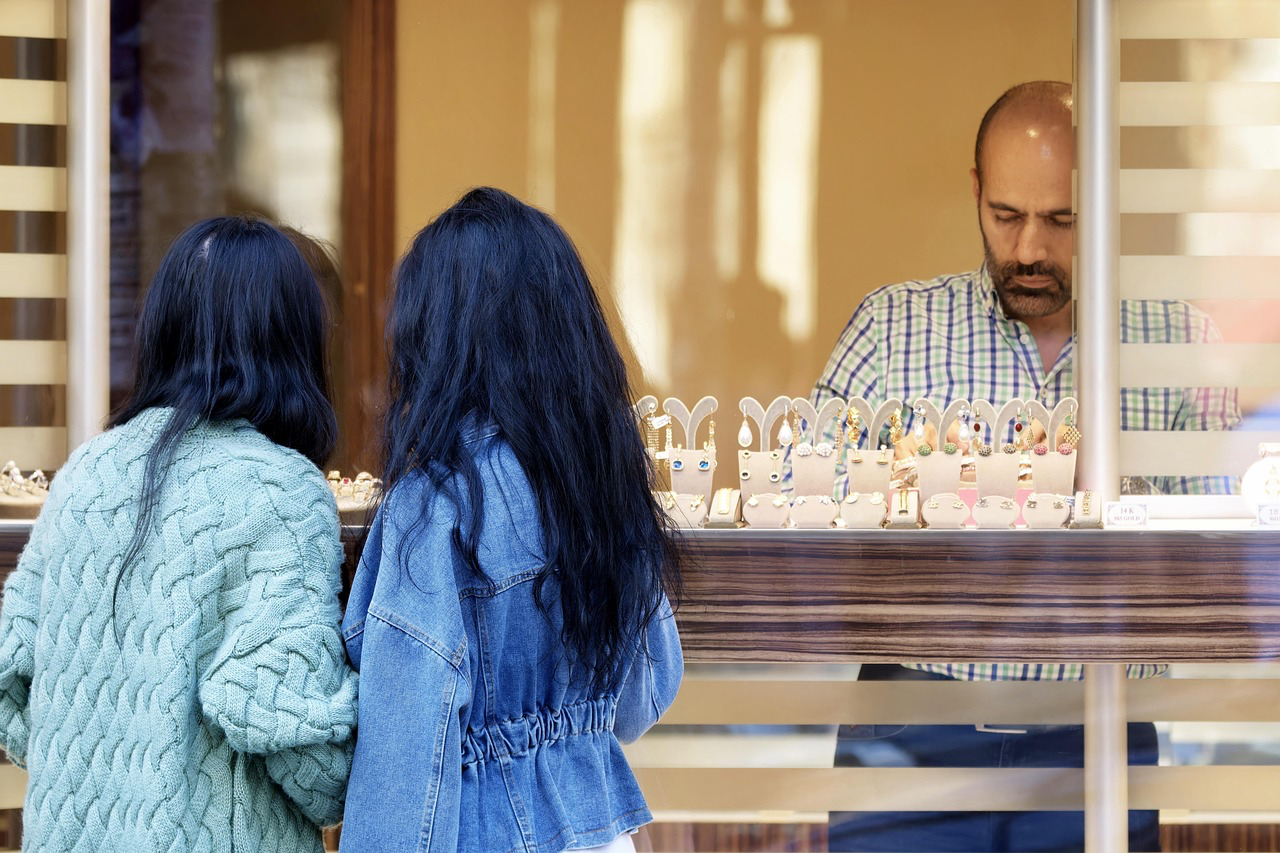The Hidden Strategy Behind Pop-Up Shops & How to Replicate It From Home
#Collaborative post
Pop-up shops aren’t just cute marketing stunts anymore. They’re calculated, agile operations that blur the line between experience and transaction. Beneath the surface of their temporary setups lies a surprisingly powerful strategy—and here’s the kicker: you don’t need a physical space to pull it off.

Via Pixabay
If you’ve been watching from the sidelines, thinking pop-ups are only for fashion brands or city centres, think again. Whether you’re running a side hustle, an online store, or a niche craft business, the real magic behind pop-ups can be reimagined entirely from your living room.
Let’s break it down.
Scarcity Creates Urgency (And You Can Fake It Without a Lease)
At the heart of every successful pop-up is the psychological pull of “now or never.” Limited-time offers, exclusive drops, and one-weekend-only collections make people act fast.
You can replicate this without a storefront. Launch flash sales with countdowns. Offer exclusive products only available during a set time window. Make limited bundles that disappear after 48 hours. It’s not about trickery—it’s about creating a moment. When people believe they’re part of something fleeting, they lean in.
Design the Experience, Not Just the Product
Pop-up shops work because they’re more than tables and shelves. They’re curated mini-worlds. You step inside and suddenly it feels different—intentional, stylish, and specific. That level of detail isn’t limited to a pop-up tent on a cobbled street.
Design your packaging like it matters (because it does). Create a digital unboxing experience that feels as tactile and thoughtful as a physical one. Add a handwritten note. Use printed paper bags with bold branding if you do local deliveries—it instantly elevates the feel of a drop-off or collection.
The more immersive and intentional your brand feels, the more memorable it becomes. That’s what customers talk about.
Use Micro-Events to Activate Your Audience
Pop-ups often piggyback on events or become events themselves. Think: launch parties, collabs, workshops. But you don’t need a crowd or a venue.
Host a Zoom launch. Organise an Instagram Live demo of your newest product. Drop a behind-the-scenes video of you packing orders with a theme song and branded visuals. Set a vibe. Get your audience involved in real time—even if they’re miles away.
The goal? Interaction that feels like participation.
Build Hype Like a Local Celebrity (But From Your Sofa)
Pop-up shops get traction because they show up in unexpected places. They feel exclusive. And they often rely on tight local networks to spread the word fast.
So do the same. Lean into the community. Partner with local makers or micro-influencers. Post sneak peeks in WhatsApp groups. Offer a few early bird spots to your email list before you announce anything publicly. You don’t need a sign above a rented stall to be visible—you just need to stir up anticipation.
Repeat the Magic Without Overdoing It
One of the most clever aspects of the pop-up model? It doesn’t overstay its welcome. It drops in, makes an impression, and disappears, leaving people wanting more.
If you’re replicating this from home, that same rhythm applies. Don’t flood your audience constantly. Build cycles of energy and pause. Launch, rest, return stronger. That ebb and flow is what creates long-term loyalty. It gives your brand room to breathe and evolve.
Pop-ups aren’t about the setup—they’re about the mindset. It’s about precision over permanence, interaction over infrastructure.
And from home, with the right strategy, you might just be more powerful than any high street window display.